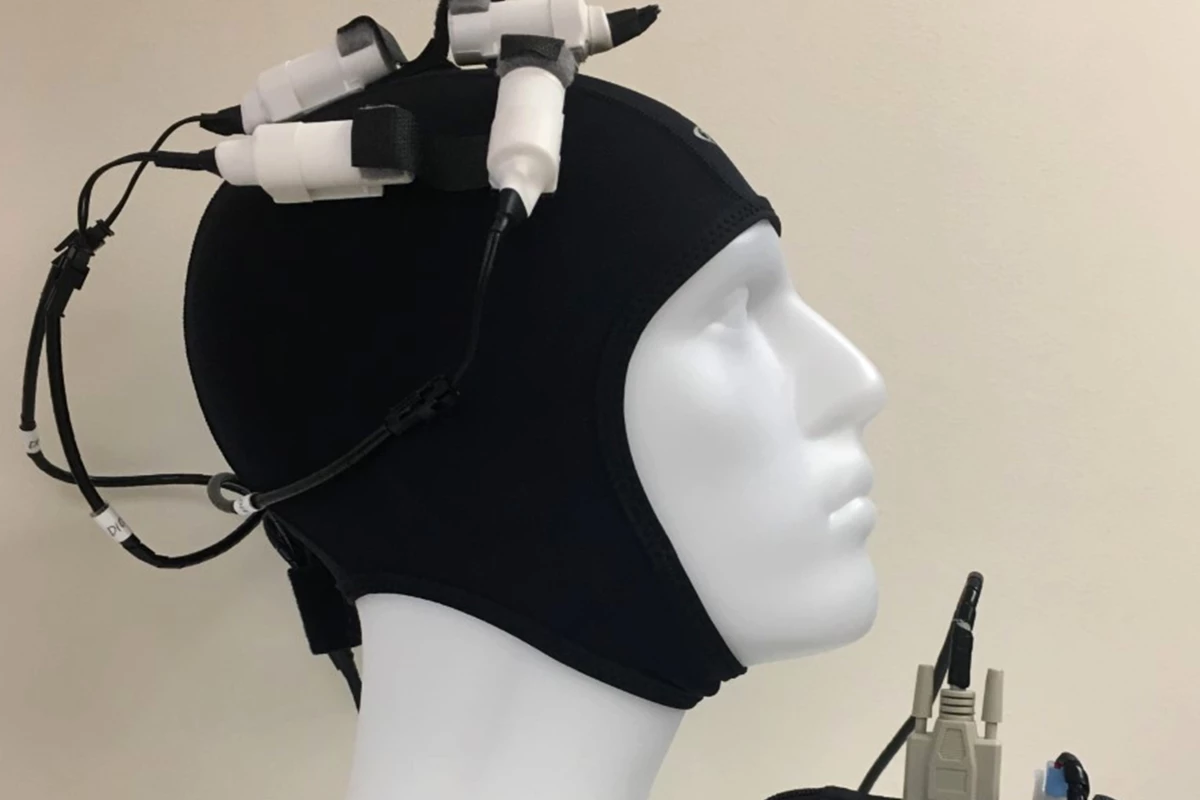Early results presented at the American Stroke Association's International Stroke Conference in Los Angeles suggest non-invasive magnetic brain stimulation can enhance brain activity in patients after stroke. It is hoped the device could speed up recovery and promote motor function in stroke survivors.
The preliminary study recruited 30 chronic ischemic stroke survivors, at least three months post-stroke and with weakness on one side of their body. The cohort was randomly split into two groups, one receiving sham treatment and the other receiving active transcranial magnetic brain stimulation. Twenty sessions, lasting 40 minutes each, were conducted over four weeks.
As well as proving the treatment was safe, with no adverse responses noted, MRI measurements revealed the active group displayed nearly nine times greater brain activity near injured brain regions, compared to the group receiving the sham treatment.
"The robustness of the increase in physiological brain activity was surprising,” says David Chiu, lead author on the study. “With only 30 subjects, a statistically significant change was seen in brain activity."
As the study was small and preliminary it was not tasked with evaluating whether the brain stimulation device generates tangible clinical improvements in motor function. However, motor function improvements could be detected in functional MRI data measuring brain activity relating to gait velocity, grip strength and other arm motor functions.
Mitchell Elkind, president of the American Heart Association and professor of neurology and epidemiology at Columbia University New York, calls the study “exciting,” and although it is still in its early stages, the simplicity of the device makes it easy to deploy in the homes of patients recovering from stroke.
“… this is an area that’s been evolving over many years, and it’s very exciting to see that it’s reach this level,” says Elkind, who did not work on the new research. “The advantage to this kind of wearable magnetic stimulation is that the patient could have it at home with them. They don’t necessarily have to come in to the clinical or to the academic medical center to have this sort of treatment applied to them.”
A larger trial is currently being planned to better evaluate the efficacy of the device in improving motor function following stroke. Seraya Medical, the company holding the patent for the novel device, is sponsoring the larger trials. Chiu, director of the Eddy Scurlock Stroke Center at Houston Methodist Hospital in Texas, is optimistic the technology will change the way clinicians help patients recover following stroke.
"If confirmed in a larger multicenter trial, the results would have enormous implications,” says Chiu. “This technology would be the first proven treatment for recovery of motor function after chronic ischemic stroke."
The new research was presented at the International Stroke Conference 2020 in Los Angeles.
Source: American Heart Association




